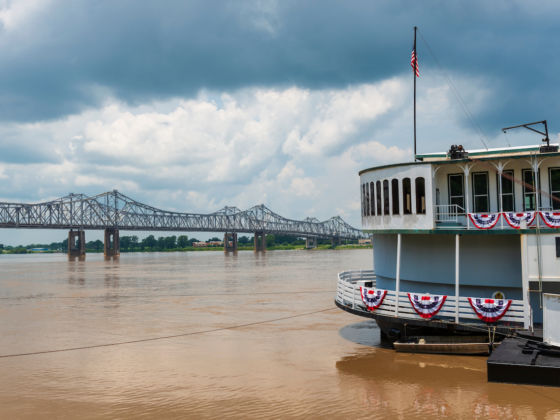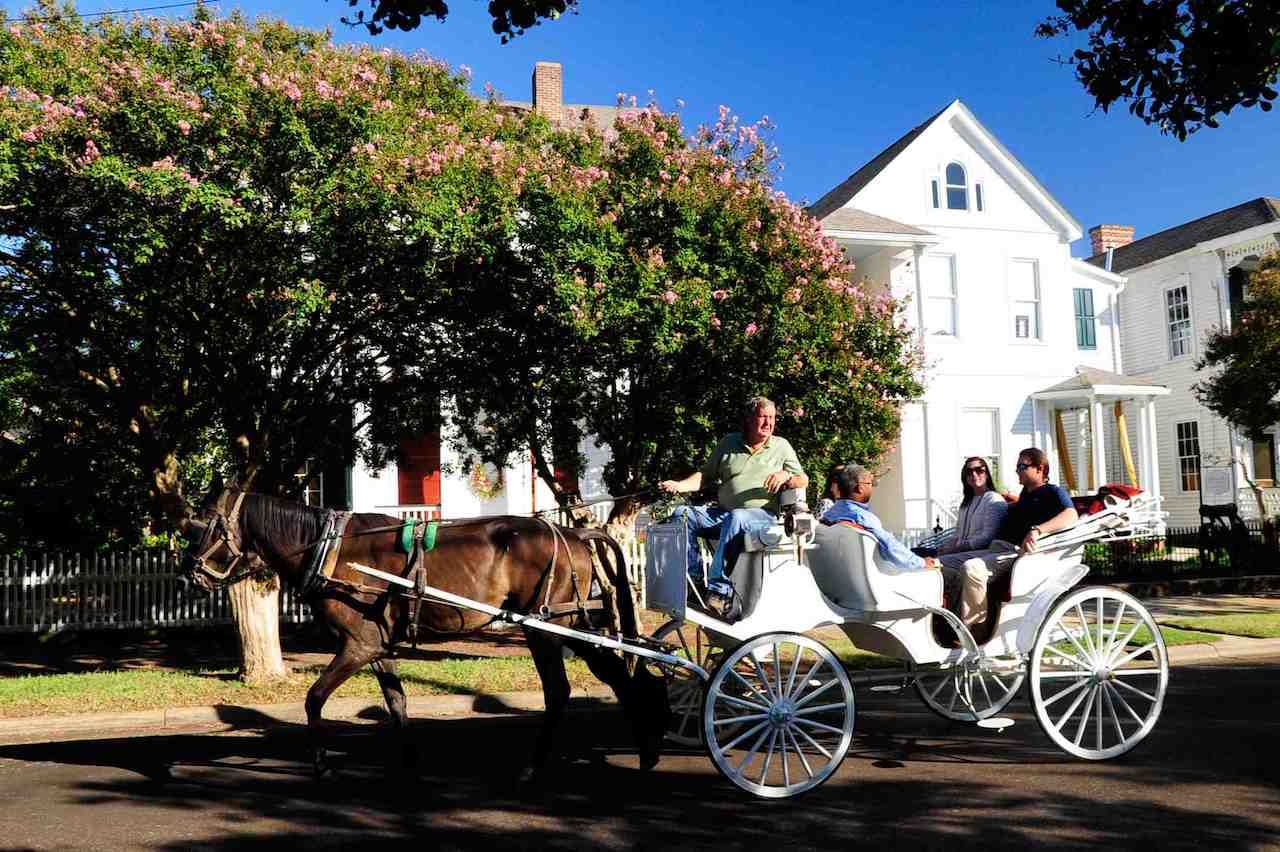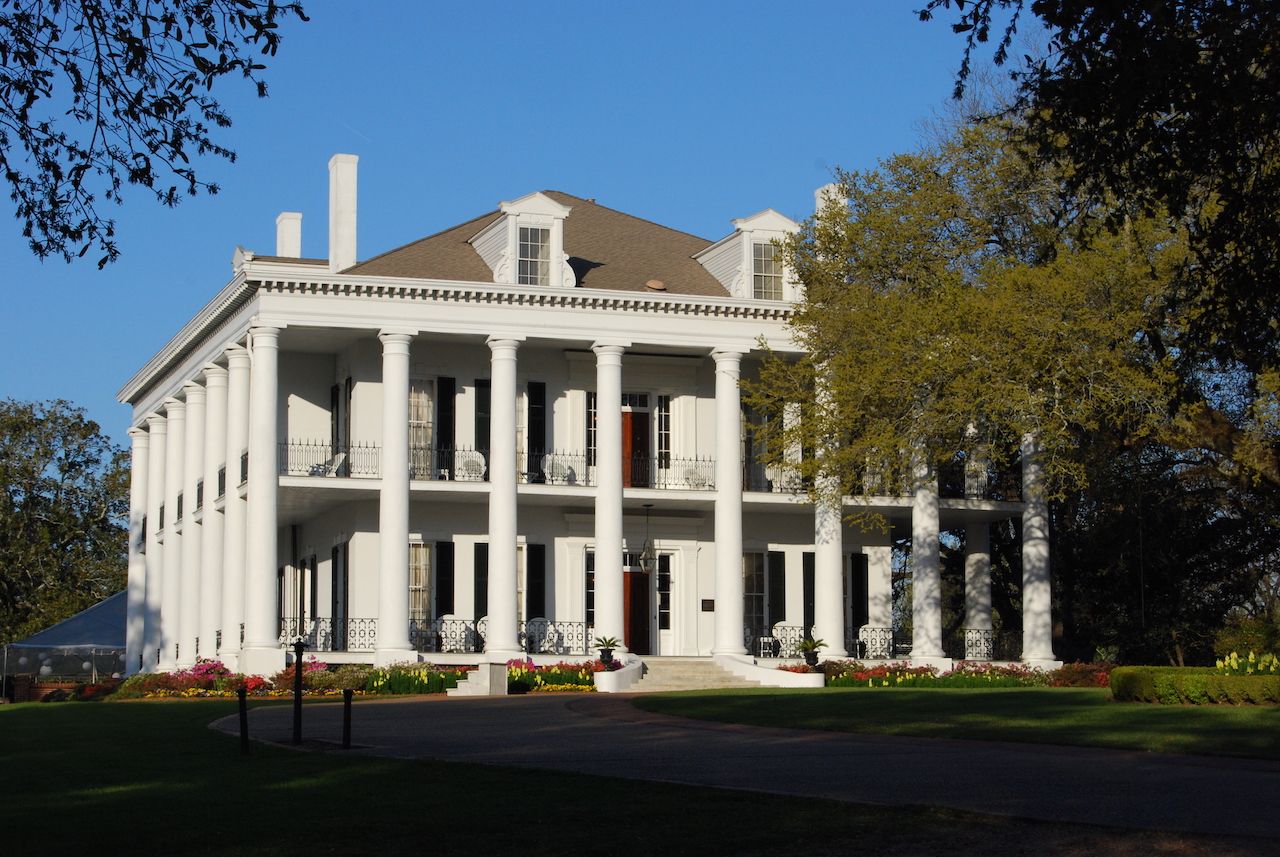“Cop says we have to stop shooting over the river,” Jim Bob said glumly as he headed back over the Levee. The 12-year-old girl put her shotgun down and made a face like you’d told her she couldn’t have pizza for breakfast.
“Why not?” she pouted, opening the shotgun and taking out shells like a pro.
“Water’s too high,’” Jim Bob responded, pronouncing the last two words like it was some sort of made up excuse. “Sorry y’all we gotta pack up. Grab yer beers.”





